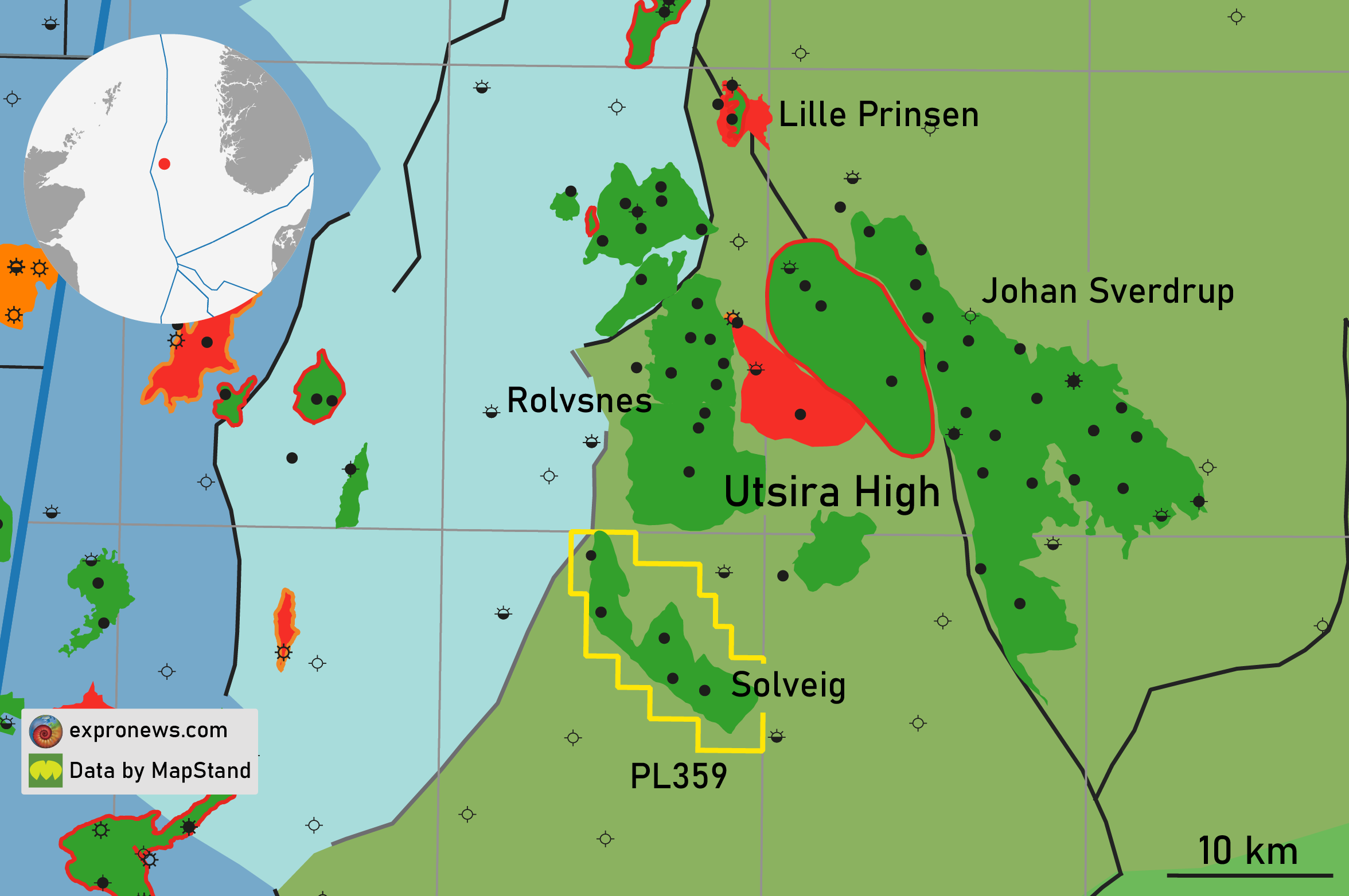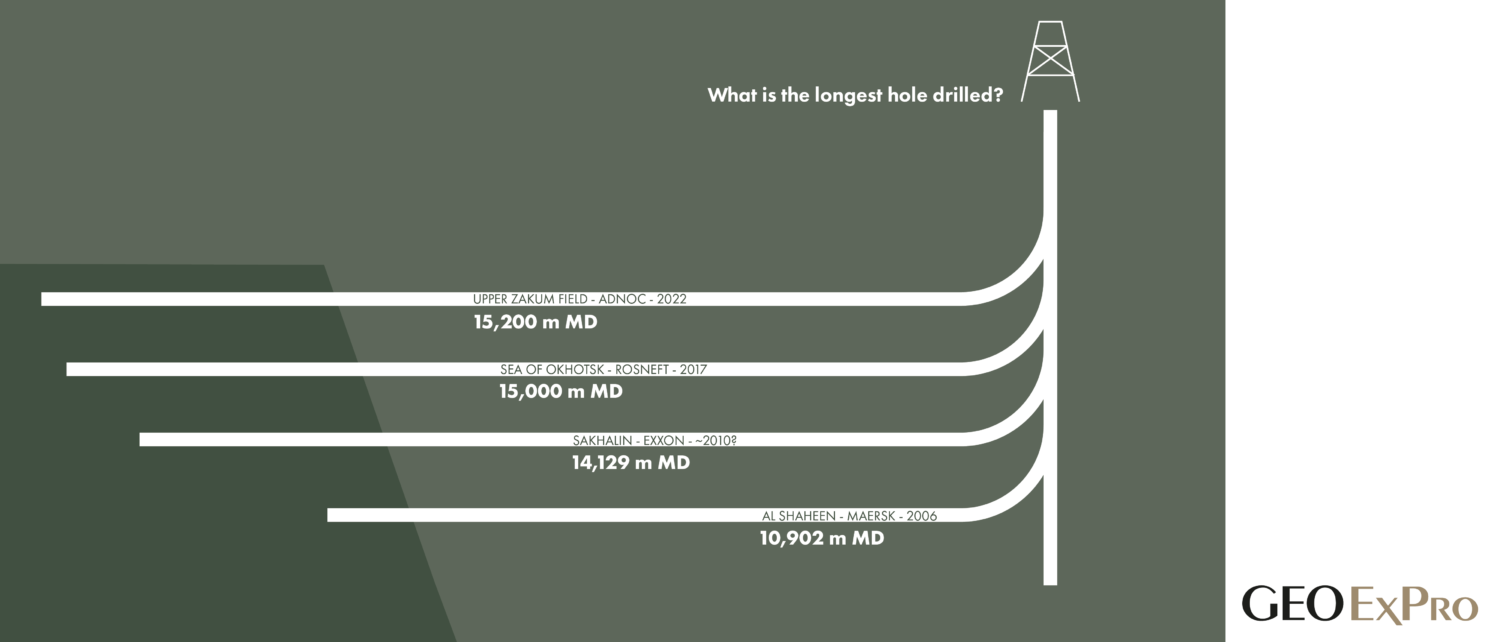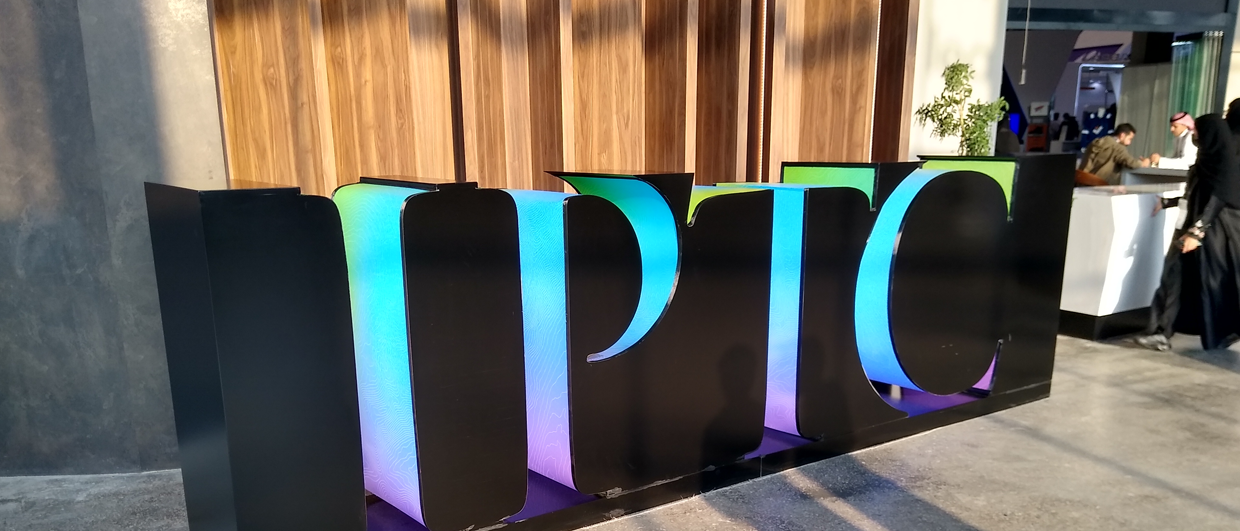In times when potential field developments are being heavily discussed in the light of climate concerns (Cambo field, UK), environmental issues (Ternaard, Netherlands) or are even abandoned by oil companies themselves in the pursuit of a low carbon future dominated by gas (Summit, Avalon), the Norwegian government seems to press ahead approving field development plans without major hurdles.
Yesterday, the authorities in Norway gave Lundin the nod for the start-up of production from the Solveig discovery along the southern margin of the prolific Utsira High. The estimated recoverable reserves from Solveig are estimated to be 58 MMboe during this first development phase. That is not a bad figure, given that in January this year Lundin still presented a range of 40-100 MMboe for Solveig, which included the then yet to be drilled 16/4-13S well on Segment D in the northwest.
Although well 16/4-13S did find oil in Segment D, the oil column only turned out to be relatively thin (10 m) and an estimated 3-8 MMboe was presented as the volume that can be added to the overall Solveig development.

In contrast to Rolvsnes, the field that recently started producing from basement rocks through an extended well test just a bit further north and also operated by Lundin, the main reservoir in Solveig consists of Permo-Triassic sandstones deposited in a half graben setting.
The field was discovered in 2013 and subsequently appraised by four wells if 16/4-13S is included. The discovery well, 16/4-9S, hit the jackpot with the largest oil column found thus far on Solveig: approximately 44 m. When plotting the column heights of the other wells in a schematic diagram, it shows how the oil (and small overlying gas) columns are distributed across the accumulation.

The Phase 1 development consists of three wells for oil production, along with two wells that will be used to inject water. The field is expected to produce up to 2041.The investment decision for Phase 2 will come later, based on experience and information from Phase 1.
HENK KOMBRINK




